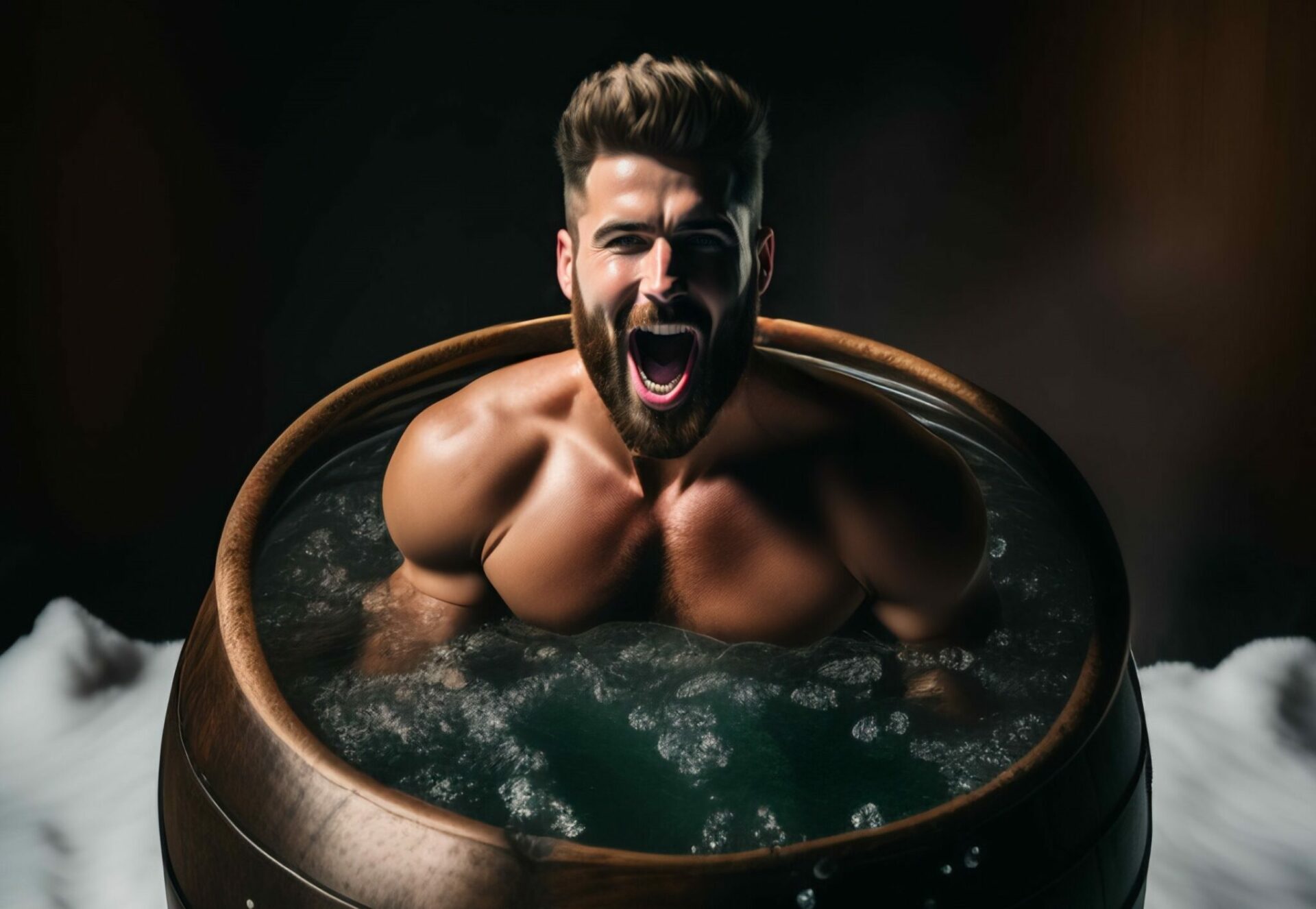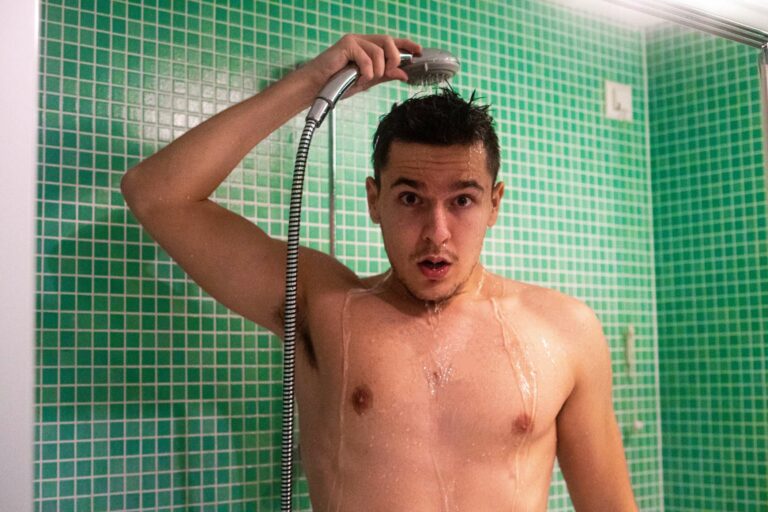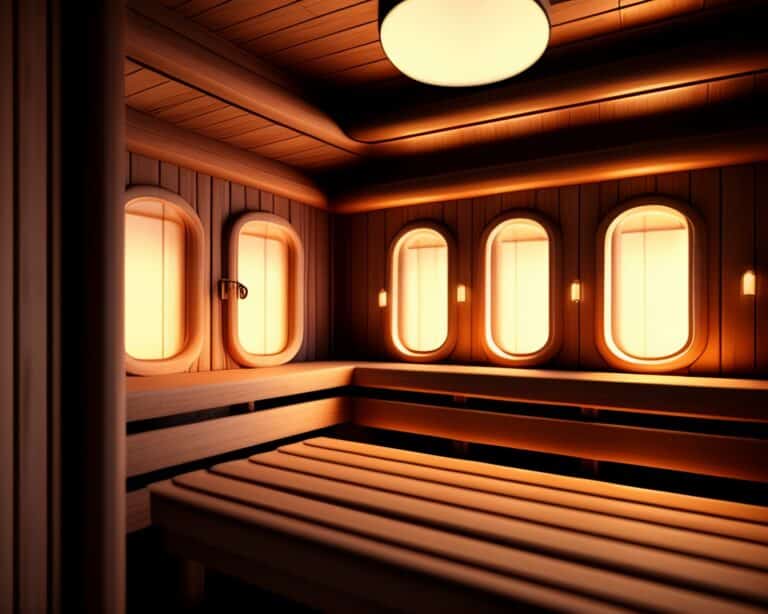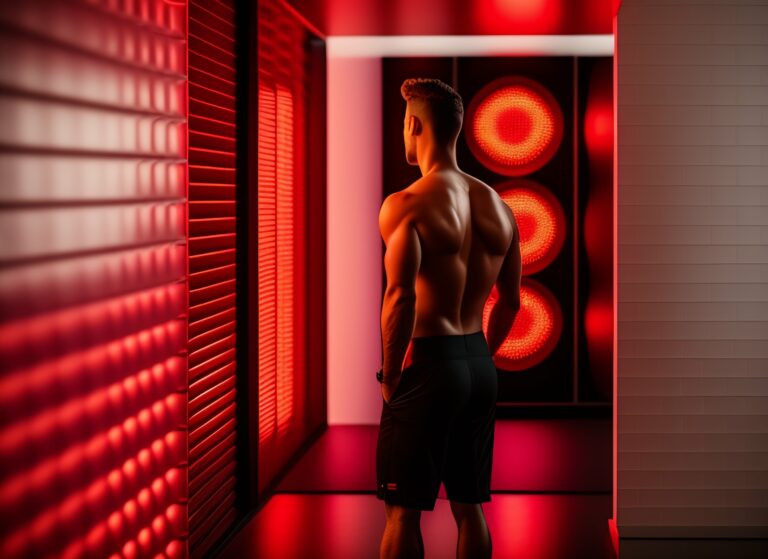Ice Bath For Muscle Recovery – Should You Take The Plunge?
You’ve probably seen athletes enjoying an ice bath session after a hard workout. It supposedly helps with muscle regeneration, reduces inflammation, and improves your mood. But is using an ice bath for muscle recovery worth it?
There’s some controversy in the scientific world around ice baths and muscle recovery. But scanning through all the research will help us find when, why, and how to use ice baths for muscle recovery, the right way.
Cold Water Immersion
Whether you really enjoy a cold plunge session, or you’re doing it for the benefits, it is crucial to understand the underlying mechanisms of how it works.
Cold water immersion or CWI is quite a researched subject. The theory behind its ability to accelerate recovery relies on the anti-inflammatory effects of cold. Once cold hits you, a cascade of hormonal events drastically changes your physiology.
Once we enter the cold plunge numerous processes occur. The muscle recovery hypothesis relies on the ability of COLD to reduce intramuscular pressure, flush out lactic acid, decrease metabolism, and produce fewer free radicals in the muscle.
Fun Fact
Cold isn’t a new biohacking trend. It’s been used for centuries, back from Ancient Greeks to the Ice Age in the 19th century. It’s become a viable tool recognized for its nervous system strengthening, immune-boosting, and mood-improving capacity.
What are the benefits of cold exposure for muscle recovery?
After exercise, exposing oneself to cold, such as by taking an ice bath, can help reduce muscle swelling and inflammation. Less muscular discomfort and a quicker recovery time may result from this. It’s important to note that if muscle growth is the key focus, cold exposure isn’t your friend, as the muscle needs the inflammatory response to grow.
Can ice baths speed up muscle recovery for athletes?
Yes, especially used in endurance athletes where training volume is of the essence. The athlete is often submerged in the cold water of 10-15°C, which reduces swelling and muscular soreness (DOMS) from the workout. Athletes may recover more quickly and perform better in their upcoming practice or competition as a result.
How Cold Are Ice Baths?
An ice bath is considered ICE when the water is around 10-15°C, which works to around 50-60° Fahrenheit. Yes, that’s pretty cold. The cooler it is, the less time one should spend in, to get the effect. A less extreme cold exposure method easier to start with is cold showers.
It’s recommended to start at a warmer temperature or with cold showers, to adapt to the cold. Time-wise, 5-10 minutes is what most do, and no more than 15-min is recommended as the risk of hypothermia increases. This will heavily depend on the individual.
Disclaimer: Cold exposure, especially longer can lead to hypothermia and fatal injuries if done incorrectly. The shock of cold can be too much for some people, leading to unwanted health issues or events. Always consult your doctor before trying any cold exposure method, and get proper guidance from an expert.
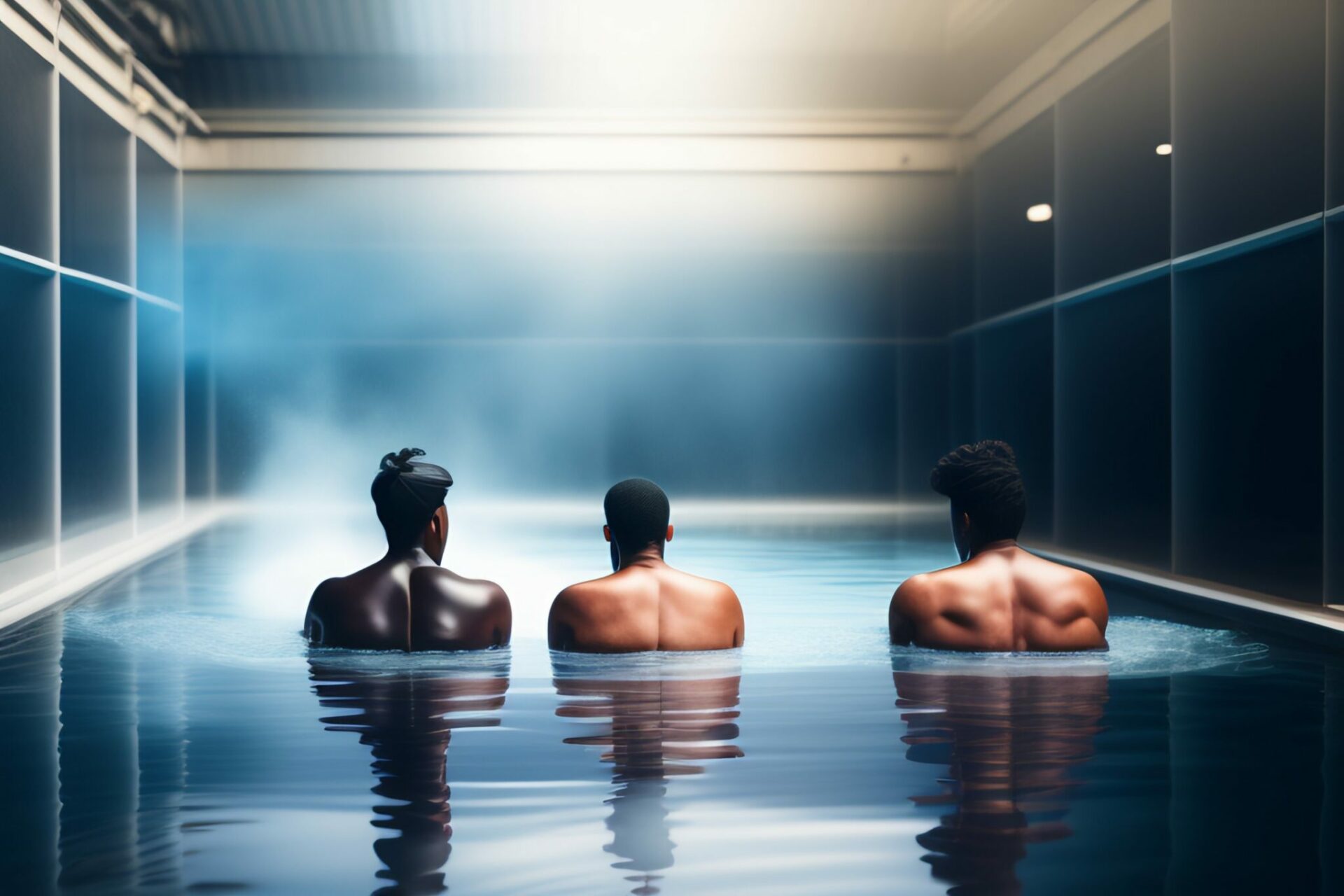
Not Effective for Hypertrophy
There is a huge variability in the success rate of cold water emersion on recovery. In terms of athletic performance, in some instances it helps, in others, it’s detrimental or minimal. It heavily depends on our end goal, health is one thing, performance is another.
Let’s start with the bad. The big famous review “Is ice bath finally melting?” started the conversation. Cold water immersion was shown to dampen adaptative training response, meaning less hypertrophy. It was not superior to the traditional cool-down (cycling) routine for reducing DOMS. (1)
Experts say this doesn’t mean it’s not useful, but may not be exactly as we thought of it. It hints at other potential benefits, but not in this specific scenario.
Nothing new for us. If you’re a vitalscend reader, you know we’re not into a cold plunge right after a workout. Why? Because inflammation is a natural process that stimulates regeneration.
Numerous studies show cold water immersion blunts the adaptative response of training. This is especially true if our main goal is hypertrophy, (2) as CWI can reduce anabolic pathways, mTOR signaling, and increase protein degradation. (3)
Conclusion
Cold plunge right after a workout isn’t the optimal way to recover muscles. Especially if we train for muscle size (hypertrophy) we need the inflammation to stimulate adaptative responses – anabolic pathways leading to muscle growth.
Ice Bath for Muscle Recovery
That being said, there are million other ways an ice bath works great for muscle recovery. The shock activates you at first, increasing alertness and energy. Adapting to cold leads to an increased vagus nerve tone, which helps us relax and recover.
Aside from strengthening the nervous system, boosting immunity, and reducing inflammation – Ice baths are an awesome way to train your mental resilience. Isn’t that what athletes (and most of us) need?
PRO TIP
For practical cold water immersion on a daily or weekly basis, it can be great to invest in a cold plunge. There are companies like Ice Barrel, Cold Plunge, Blue Cube, Edge, and Renu Therapy that create amazing products. These tubs keep the water at a certain temperature with the help of specific materials and cooling systems.
Muscle Recovery
Acutely, the ice bath causes blood vessel constriction in the muscle. This helps us flush out lactic acid and toxic by-products. By reducing muscle metabolism, swelling, and tissue breakdown are also reduced. (4)
Immersing your body in water, not necessarily cold, causes a shift in fluid pressure in the muscle, improving blood flow and reducing muscle edema. This is a benefit you don’t get with cold showers only, although they’re great.
Cold therapy is used for therapeutic purposes on muscular injuries, as it has a natural pain-reduction effect, it improves blood flow, and reduces metabolic demand. (5)
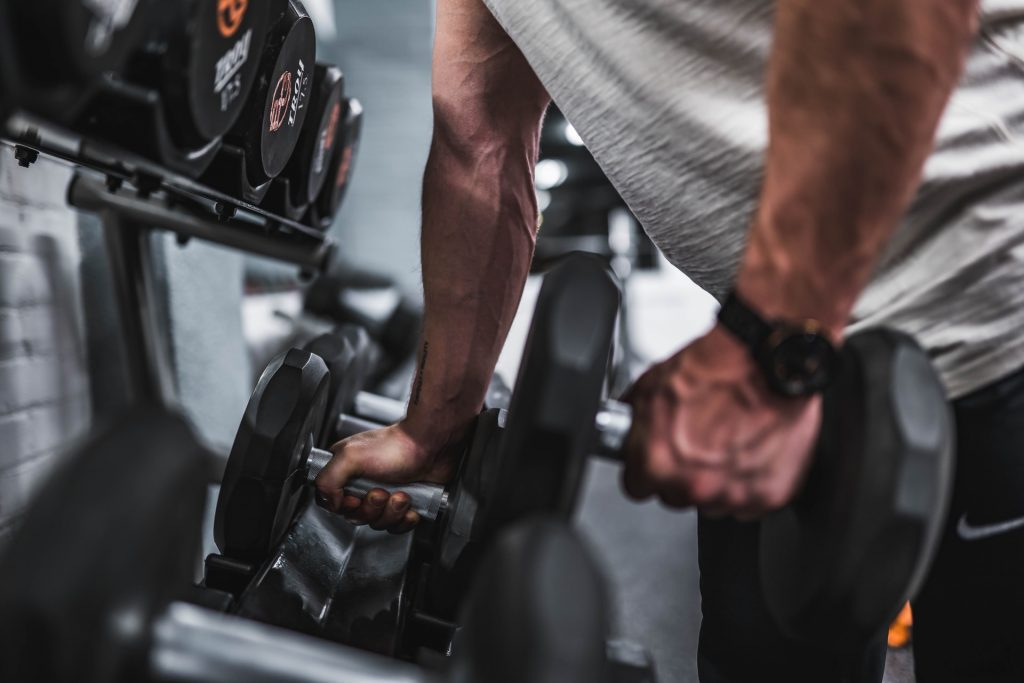
Athletic Performance
Improving athletic performance is a multi-variable thing. Stronger immunity means fewer sick days, higher vagus tone means less anxiety and stress, and lower DOMS means better performance, just to name a few.
Let’s look at what research has to say about ice baths and athletic performance.
- In volleyball athletes, cold water immersion acutely had minimal effect. But as they continued over 16 days, there was a trend favoring better recovery. (6)
- Cold water immersion was superior to hot-cold contrast therapy or no recovery treatment for improving sprint performance and muscle soreness post-workout. (7)
- Acutely cold exposure reduced sprint performances, but “likely” improved them after 24 hours moderately. This was followed by likely lower stress, better sleep quality, and less fatigue. (8)
Immune Function
Working out is a stressor. Cold is a stressor as well. Immunity is about fighting these stressors back so we can adapt and become stronger, more robust, and more resilient.
A single CWI session at 14 °C for 1 hour had minimal effect on young athletic men. But the continuation of it for 6 weeks led to an increase in the production of monocytes, lymphocytes, and TNF-alpha. (9)
There was a trend toward an increase of immune cells that help recognize, transport bacteria, and create antibodies to kill them. T helper cells, T lymphocytes, activated T and B lymphocytes, and T suppressor cells, just to name a few. (10)
In 7 healthy men for 2h in a climatic chamber at 5°C – cold exposure increased natural killer cell count and their activity. It increases norepinephrine levels and stimulates immune function. (11)
Inflammation
Cold is a natural anti-inflammatory. Once cold is applied, muscle metabolism is decreased. This means less toxic by-products, lactic acid, ROS, and less inflammation.
In winter swimmers, the concentration of many immune cells (leukocytes, monocytes, IL-6) were higher than in those who didn’t swim in winter. Their superior immunity is believed to be the result of adaptative responses of the neuro-endocrine system, being better at fighting the cold. (12)
Exposure to cold heavily stimulates the sympathetic nervous system. Cortisol and noradrenaline are increased, giving a natural painkiller effect. This stimulatory effect increases Cori cycle activation – improving lactate recycling and glucose synthesis. Funny enough, this coincides with a lower level of pro-inflammatory cytokines like IL1-beta and IL-6. (13)
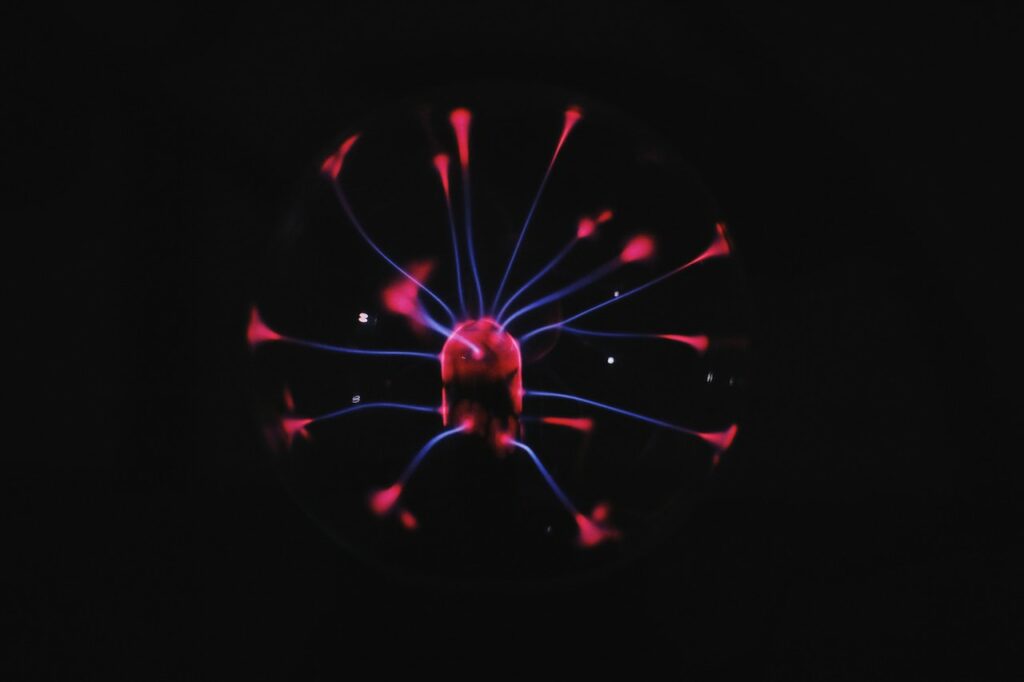
Nervous System
It’s interesting that most acute effects of cold immersion cause an opposite adaptation. While acutely, cold causes vasoconstriction, it improves circulation later on.
At first, when the cold hits you, it activates the sympathetic nervous system – making you alert and focused.
Afterward, the adaptation leads to an increase in vagus tone or parasympathetic activation – which makes you relaxed and reduces stress and anxiety.
The Vagus nerve is an important part of the parasympathetic nervous system, connecting different organs like the liver, gut, brain, and heart. Low vagus tone means poor function, leading to anxiety and stress or depression. (17) Exposing to cold improves vagal tone, and strengthens the nervous system, allowing us to relax deeper and be more mindful. (18)
Muscle Soreness
You’ve probably heard it’s good to put some ice packs on your sprained ankle. Why? Well doing so will reduce the metabolism going on, decrease circulation and reduce swelling.
Cold works by a similar mechanism. When we work out, we tear the muscle down, increasing inflammation. The next day, we wake up sore. This is called the delayed onset of muscle soreness, or DOMS.
Cold water immersion can potentially lower IL-6, an inflammatory cytokine, and reduce muscle soreness as shown in elite rugby players. (14)
Whole-body ice cold exposure can also increase levels of reduced glutathione – an important antioxidant that fights inflammation. (15)
A large meta-analysis of 32 RCTs showed that cold and heat therapy within 1 hour of exercise can significantly reduce the DOMS effect 24 hours after. It promotes recovery, reduces pain and muscle soreness. (16)
Should You Take The Plunge?
The benefits of a cold plunge extend far beyond a simple muscle recovery. Cold immersion makes us shiver – which increases metabolism, turns white to brown fat, and burns calories – all great for fat loss. Cold can do wonders for mood enhancement, circulation, and nerve function. A ton of animal studies show adaptation to cold may extend your lifespan as well.
Yes – for fat loss, mood enhancement, metabolic health, nervous system tone, and muscle recovery. Taking the Plunge can be a great option for those willing to go the extra mile through the discomfort to gain the potential benefits.
No – for muscle recovery tailored for hypertrophy, especially right after a workout. Athletes like bodybuilders or powerlifters should think twice about doing the ice bath, as it blunts the anabolic response you get RIGHT after a workout. In between workouts, or on a rest day, it can definitely help.
Conclusion
Cold baths are the athlete’s favorite tool for quick muscle recovery. It’s done at a 50-60°F or 10-15°C temperature, for 5-15 minutes. It accelerates recovery as it reduces DOMS, decreases metabolism, swelling, and inflammation in the muscle. Not the best idea right after training, as it blunts the anabolic adaptative response, especially for hypertrophy. Cold stimulates the vagus nerve, strengthens immunity, and improves nervous system tone and athletic performance.

